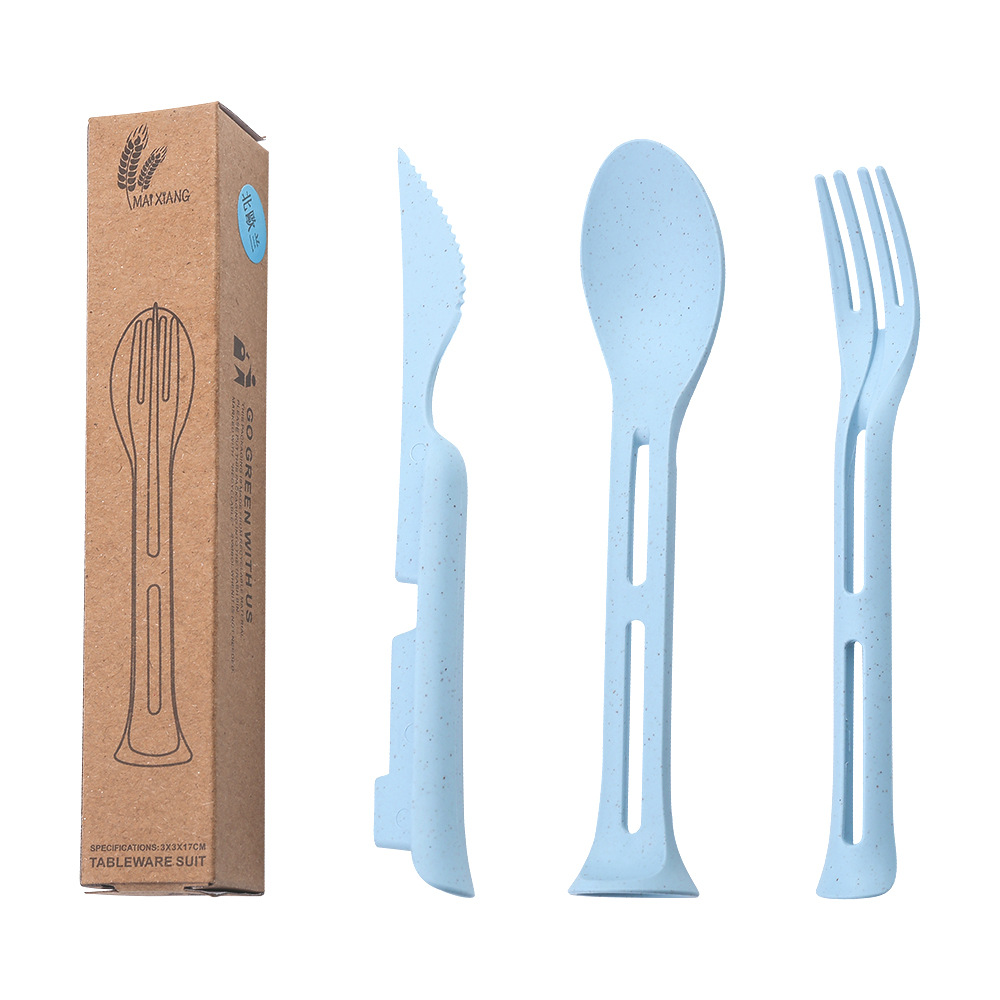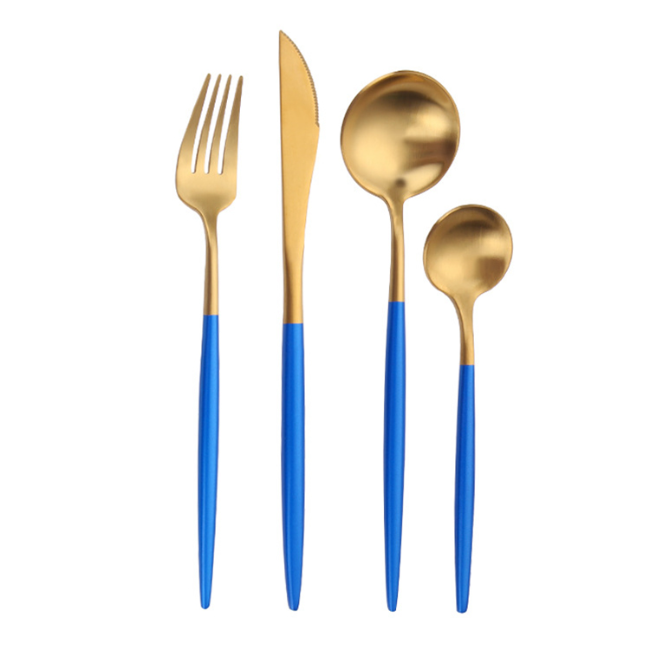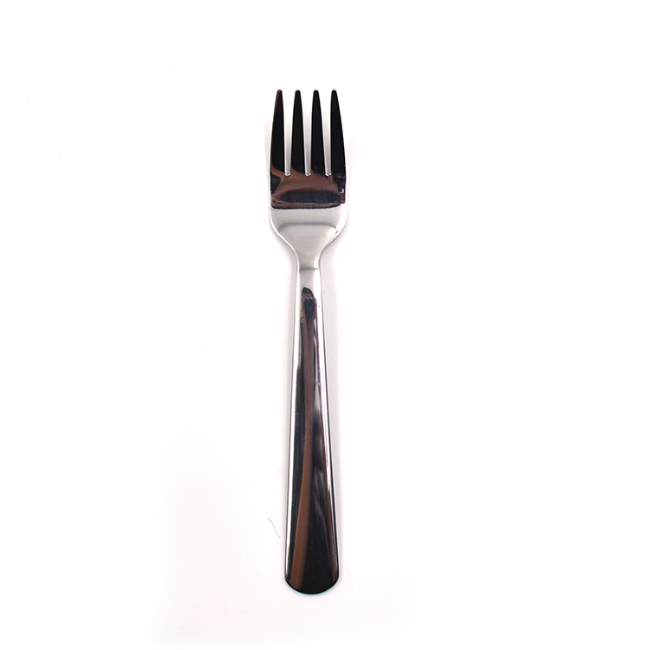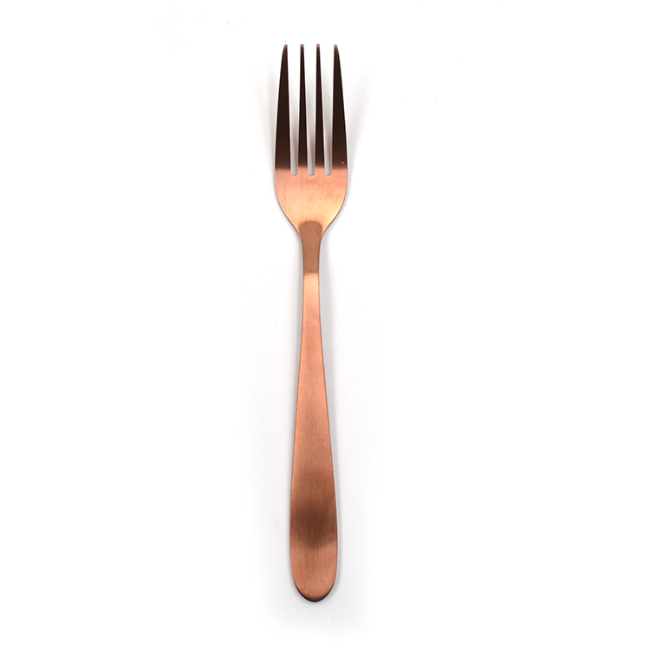
14 May
Is It Safe to Eat With Antique Cutlery
Is It Safe to Eat With Antique CutleryTh...
Is It Safe to Eat With Antique Cutlery
The allure of antique dining pieces adds a vintage charm to any table, but a common concern persists: is it safe to eat with antique cutlery? This question arises frequently, especially among collectors, restaurants with historic themes, and those inheriting silverware from family estates. Let’s explore the facts, including safety, storage, and how manufacturers like Homefelt compare with historical counterparts.
Antique cutlery can be made from various materials—silver, bone, iron, or early forms of stainless steel. The safety of these depends on condition, coating, and usage. Tarnished silver, for instance, is mostly harmless, but lead-based alloys or rusted steel could pose health risks. If antique cutlery has deteriorated or was never designed for modern food contact, it’s best reserved for decoration.
When storing antiques, a thoughtful cutlery storage idea is essential. Avoid stacking them in airtight plastic containers where humidity can accumulate. Instead, opt for fabric-lined wooden drawers or anti-tarnish wraps. Proper storage for cutlery not only preserves appearance but also minimizes contamination risks.
For regular use, many households and restaurants prefer reliable, food-safe options from established producers. Homefelt excels in delivering professional-grade stainless steel cutlery engineered for safety, hygiene, and longevity. Unlike questionable antique pieces, Homefelt products undergo rigorous quality control to meet modern health standards.
If you’re based in the UK and love vintage designs, you may have heard of artisan cutlery uk—brands that blend classic style with updated food-safe materials. But these often come with high price tags. Homefelt offers a more affordable yet equally stylish alternative. With manufacturing rooted in decades of stainless steel expertise, Homefelt produces collections that replicate antique aesthetics without the risks.
Moreover, modern plating techniques allow contemporary cutlery to mirror the look of silver, copper, or brass while maintaining stainless steel cores. This makes modern alternatives ideal for those drawn to antique visuals but unwilling to compromise on health or durability. By working with Homefelt, consumers can achieve both goals—classic charm and modern safety.
It’s also important to remember that cutlery isn’t just for eating—it’s an experience. When a dining guest picks up a beautifully crafted spoon or fork, they feel the weight, balance, and texture. This sensory feedback is vital, which is why manufacturers like Homefelt pay close attention to polishing, shaping, and weight distribution in their products.
So, is it safe to eat with antique cutlery? The answer is nuanced. In pristine condition and with proper cleaning, some antique cutlery may be usable. However, the safest and most practical option remains high-quality, modern stainless steel cutlery from trusted brands like Homefelt. For those who appreciate vintage style without risking health, Homefelt offers the perfect solution—artfully designed, safety-tested utensils suitable for today’s standards.





